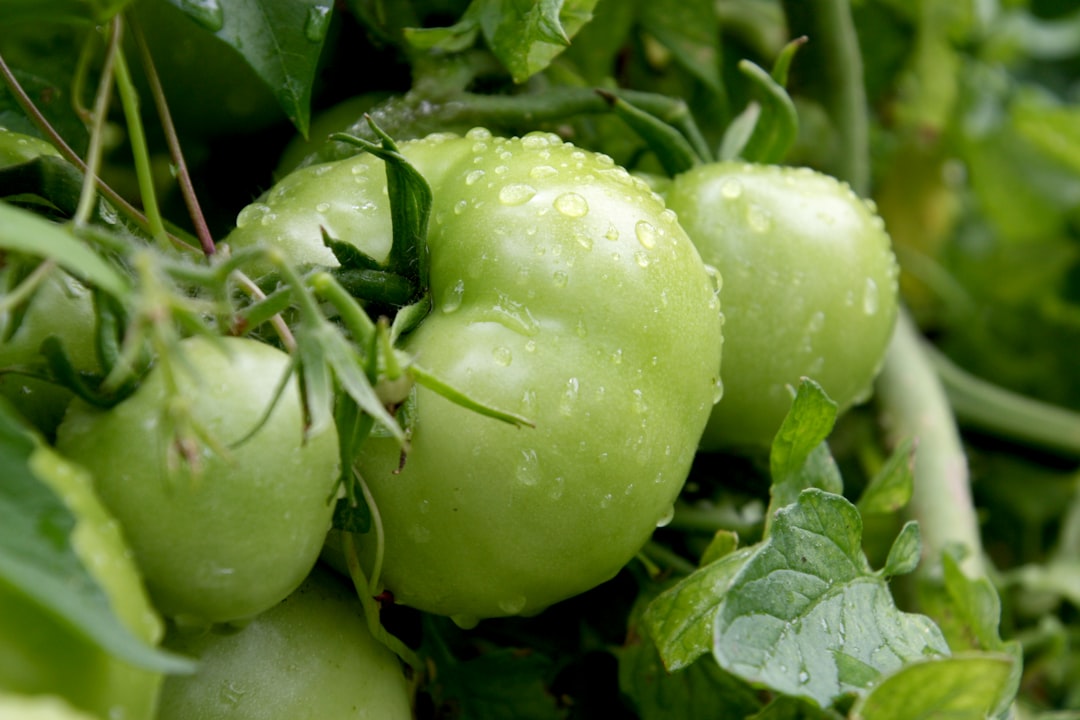Reap the Rewards of Homegrown Corn

Embarking on the journey of growing corn in your own garden is a rewarding endeavor that promises a bountiful harvest of the freshest ears. This guide will walk you through the essential steps of planting, caring for, and harvesting corn, as well as dealing with pests and understanding different growing types.
Planting Basics
When it comes to planting corn, timing is crucial. Corn is a warm - season crop, so it should be planted after the last frost date in your area. The soil temperature should be at least 50°F (10°C) for successful germination. Choose a sunny location in your garden, as corn requires full sun for at least 6 - 8 hours a day.
Prepare the soil by tilling it to a depth of about 8 - 10 inches. Incorporate well - rotted compost or manure to improve soil fertility and drainage. Corn is a heavy feeder, so it benefits from a nutrient - rich soil. Space the seeds about 8 - 12 inches apart in rows that are 24 - 36 inches apart. Plant the seeds about 1 - 2 inches deep. For better pollination, it's recommended to plant corn in blocks of at least 4 rows rather than single rows.
Care and Maintenance
Once the corn seedlings emerge, thin them out if they are too crowded. This ensures that each plant has enough space to grow and develop properly. Water the corn regularly, especially during dry spells. Corn has shallow roots, so it needs consistent moisture, but be careful not to over - water as this can lead to root rot.
Fertilize the corn plants when they are about 6 - 8 inches tall and again when they start to tassel. Use a balanced fertilizer with a higher nitrogen content, as corn is a nitrogen - loving plant. Side - dress the plants with the fertilizer by applying it along the rows and then gently working it into the soil.
Dealing with Pests
One of the most common pests that affect corn is the corn earworm. These pests can damage the ears of corn by tunneling into them. To prevent corn earworms, you can use a biological control such as Bacillus thuringiensis (Bt). Another option is to apply a light coating of mineral oil to the silk tips of the corn ears when they first emerge. This can prevent the earworms from laying their eggs.
European corn borers are also a threat to corn crops. They bore into the stalks and ears of the corn, causing damage and reducing yields. Crop rotation can help reduce the population of corn borers. You can also use pheromone traps to monitor and control their numbers.
Harvesting
Knowing when to harvest corn is key to enjoying its sweet flavor. Corn is typically ready for harvest about 20 days after the silk first appears. The ears should be plump, and the kernels should be milky when punctured. To harvest, grasp the ear firmly and pull it downward and twist it off the stalk.
Growing Types
There are several types of corn that you can grow in your garden. Sweet corn is the most popular type for home gardens. It comes in different varieties, including standard, sugar - enhanced, and supersweet. Standard sweet corn has a good flavor but doesn't store as well as the other types. Sugar - enhanced sweet corn has a higher sugar content and better shelf - life. Supersweet corn has the highest sugar content but is more sensitive to cold temperatures.
Popcorn is another fun type of corn to grow. It has a hard outer shell and a starchy interior. When heated, the moisture inside the kernel turns to steam, causing it to pop. Flint corn, also known as Indian corn, is mainly used for decoration but can also be ground into flour. Dent corn is commonly used for animal feed and industrial purposes.
In conclusion, growing corn in your edible garden can be a fulfilling experience. By following these guidelines on planting, care, pest control, harvesting, and choosing the right growing types, you can enjoy the delicious taste of home - grown corn straight from your garden.